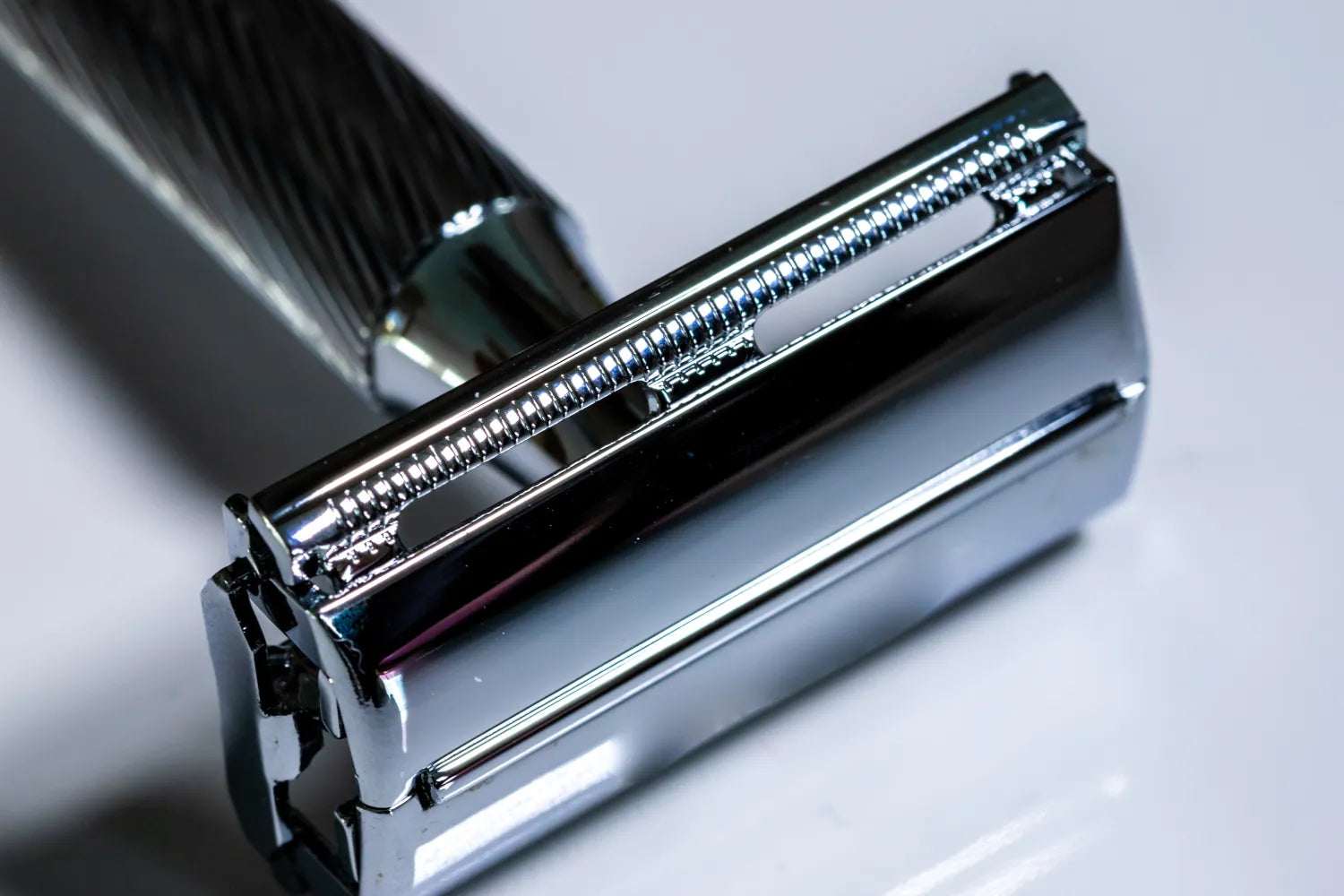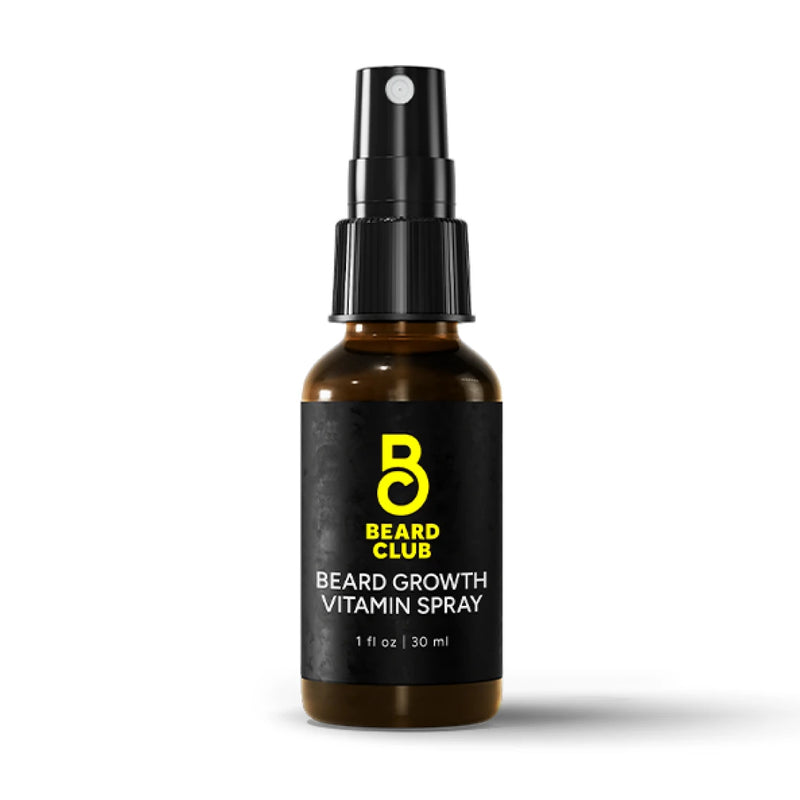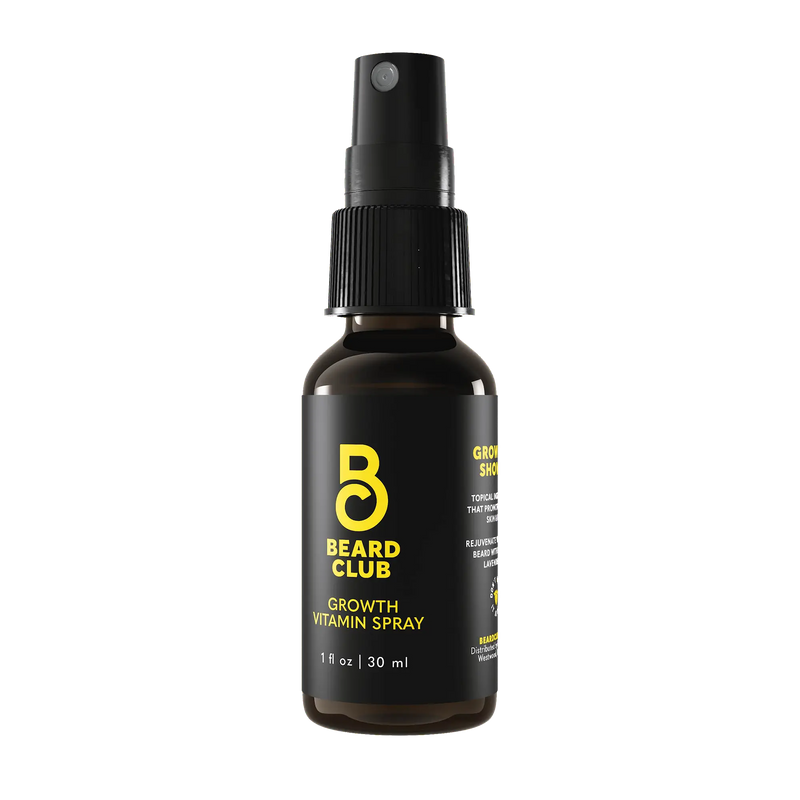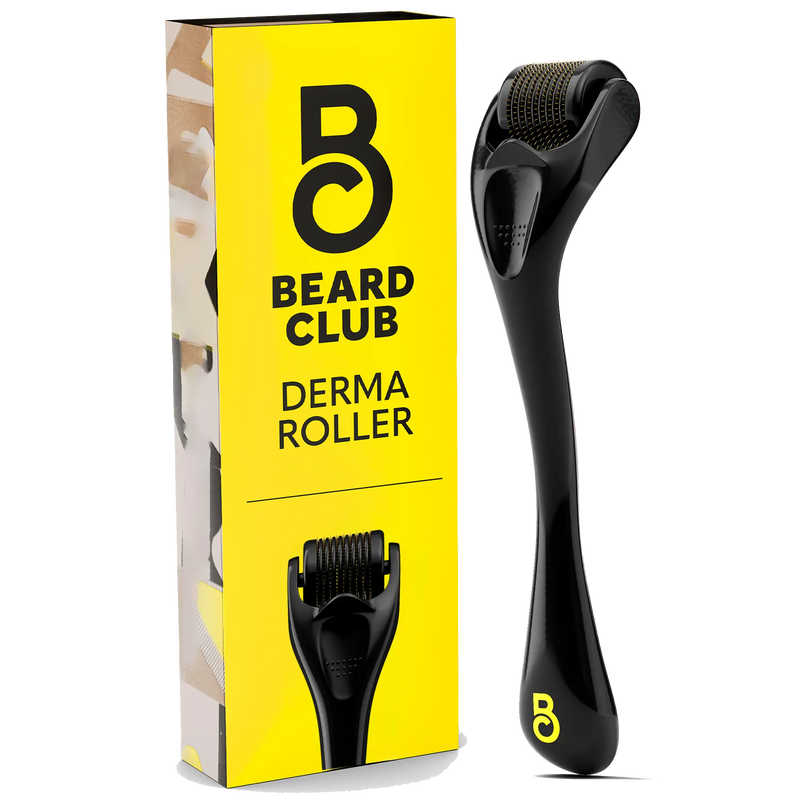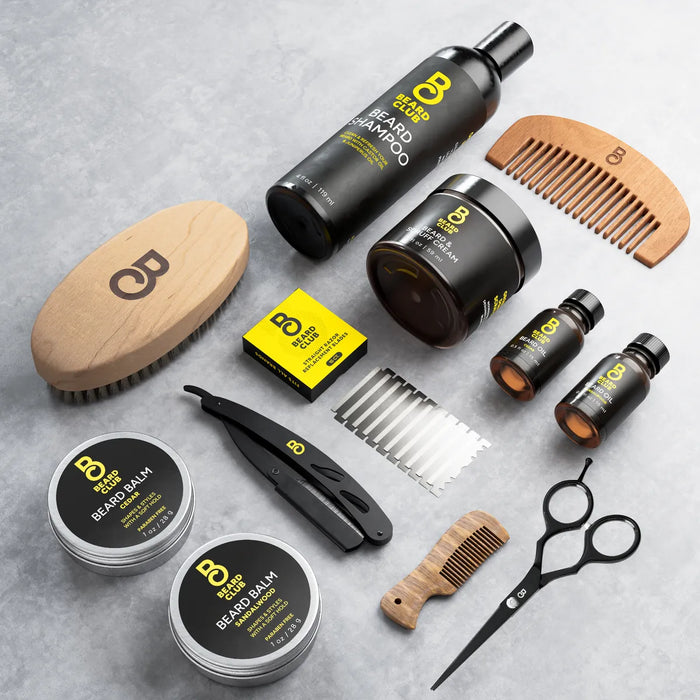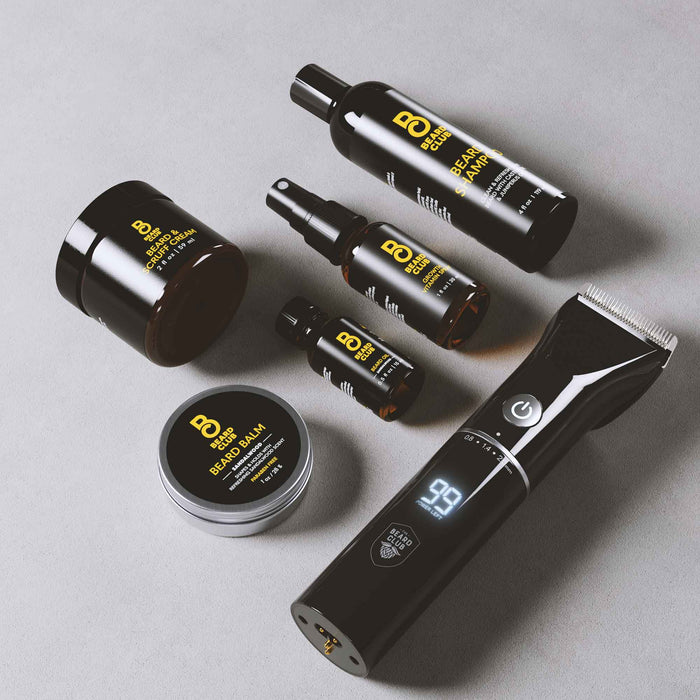How Often To Change Your Safety Razor Blade
Shaving is a real man’s ritual, a mark of a guy who takes pride in his appearance.
For those who embrace the art of the classic shave, the safety razor is the ultimate tool. It delivers a close, precise shave and shows respect for tradition and quality. If you want to keep your shave sharp and your style on point, though, you need to know when to swap out that blade.
In this guide, we'll cut through the fluff and get straight to the essentials of changing your safety razor blade. From spotting the signs of a dull blade to considering your hair type and how often you shave, we’ll arm you with the knowledge you need for a clean, smooth, irritation-free shave.
Whether you’re a seasoned pro or new to the game, this guide will help you dominate your grooming routine and keep your razor performing at its peak.
Why Does Blade Sharpness Matter?
The sharpness of your safety razor blade is the cornerstone of a quality shave. Using a dull blade is a recipe for disaster and can leave you with nasty razor bumps and a trash can full of bloody tissues.
Here’s why keeping your blade fresh is crucial:
Avoiding Razor Burn and Irritation
A sharp blade cuts through hair cleanly, eliminating the need for multiple passes over the same area — which helps you avoid skin irritation and the dreaded razor burn. A dull blade tugs at the hair and scrapes your skin, leading to discomfort and redness.
Achieving a Closer Shave
The sharper the blade, the closer the shave. A fresh blade glides like an eagle, giving you that smooth, polished look. Dull blades leave stubble behind, making your shave less effective and your look more sloppy.
Preventing Ingrown Hairs
Ingrown hairs develop when hair is cut unevenly, causing it to curl back into the skin. Sharp blades cut hair even at the surface, reducing your risk of ingrown hairs. Dull blades can leave hair with jagged edges, increasing the likelihood of irritation and ingrown hairs on your face.
Enhancing Razor Longevity
Regularly changing your blade extends the life of your razor and saves you money on replacement parts. A sharp blade requires less pressure, which means less wear and tear on your razor's components. This keeps your tool in top condition, ready for every shave.
Understanding the importance of blade sharpness is the first step in mastering your shave. Let’s take a look at the factors that determine how often you should change your safety razor blade.
When To Change Your Safety Razor Blade
Changing your safety razor blade at the right time helps you get a smooth and comfortable shave. How, then, do you know when it’s time to swap out the old blade for a new one?
Here are the key factors to consider:
How Often Do You Shave?
How often you shave plays a big role in your blade replacement routine. If you shave daily, your blade will dull faster than if you shave a few times a week.
Changing the blade every three to five shaves is best for daily shavers. If you shave less, you might get away with changing the blade every five to seven shaves.
What’s Your Hair Type?
The thickness and coarseness of your hair also impact how quickly a blade becomes dull. Thicker, coarser hair puts more strain on the blade, causing it to dull faster. Your blade might last longer if you have fine or light facial hair, while men with coarse beards may need to change their blades more often to maintain a clean shave.
Blade Quality
Not all blades are created equal. Higher-quality blades made from superior materials tend to stay sharp longer. Investing in quality blades can reduce the frequency of changes and provide a consistently better shave. Experiment with different brands to find the one that works best for you.
Skin Sensitivity
If you have sensitive skin, you’ll need to be more vigilant about changing your blade. Dull blades can flare up skin irritation and cause razor burns. Keeping your blade sharp sets you up for a smoother shave and less irritation in the long run.
Shaving Technique
Your shaving technique can also take a toll on your blades. You need to use the right angle and amount of pressure to extend the life of your blade (and avoid getting hurt). The wrong technique makes your blades dull more quickly and leads to an uncomfortable shave.
What Are Some Signs It’s Time To Change Your Razor Blade?
Pay attention to the telltale signs that your blade needs changing. If you notice any tugging, pulling, or increased irritation, it's time for a new blade. A drop in the quality of your shave, with less smoothness or leftover stubble, also lets you know that your blade’s life has run its course.
Paying attention to these signs will help you gauge the optimal time to change your safety razor blade.
How To Make Your Blades Last Longer
While changing your safety razor blade regularly is a must, there are several ways you can extend the life of each blade.
Here are some practical tips to keep your blades sharp and your shave smooth for longer:
Proper Blade Maintenance
Taking good care of your blades can extend their lifespan and save you money. After each shave, thoroughly rinse your blade with warm water to remove hair, soap, and debris. Make sure to dry it completely, as moisture can cause the blade to rust and dull more quickly. You can gently pat it dry with a towel or use a hairdryer on a low setting.
Use a Quality Shaving Cream
A high-quality shaving cream or soap provides better lubrication and protection for your skin and your blade. A rich, creamy lather reduces friction and allows the blade to glide smoothly over your skin, which helps keep the blade sharper for longer.
Shave After a Shower
Shaving after a hot shower softens your facial hair and opens your pores, making it easier for the blade to cut through the hair. It also feels amazing. The post-shower shave routine reduces the strain on the blade and helps maintain its sharpness.
Store Your Razor Properly
Smart storage also helps you keep your blades sharp and protects your razor. Store your razor in a dry, ventilated area to prevent moisture build-up and rust. Avoid leaving it in the shower, where it’s constantly exposed to steam and water. Using a razor stand can help keep your razor dry and in good condition.
Don’t Tap or Drop
Tapping your razor against the sink to remove excess water or hair can damage the blade and cause it to dull more quickly. Instead, rinse it under running water to clean it. Also, be mindful not to drop your razor, as this can nick or bend the blade and make it less effective.
Shop for a Blade Strop
A blade strop is a leather or canvas strip used to sharpen and polish blades. Stropping your blade before and after each shave can help maintain its edge and prolong its life. This technique is more common with straight razors but can also be beneficial for safety razor blades.

Rotate Your Blades
If you shave most days of the week, consider rotating between two or more razor blades. This gives each blade time to dry thoroughly between uses, which can help prevent rust and prolong its sharpness.
Introducing these tips into your shaving routine lets you get the most out of each blade and enjoy a consistently excellent shave.
Wield Your Blade Well
Knowing when to change your blade will keep your razor performing at its best for as long as possible, giving you the best bang for your buck and helping you avoid nicks, bumps, and full-on cuts while shaving.
Think about factors like how often you shave, your hair type, blade quality, and if you have sensitive skin, and you can tailor your blade-changing routine to suit your personal needs. Plus, proper blade maintenance and storage practices will further extend the life of your blades, saving you time and money while keeping your grooming routine sharp.
The signs of a dull blade — like tugging, pulling, increased irritation, and a less effective shave — are your cue to switch it out for a new one. With these tips and insights, you’re equipped to keep your safety razor in peak condition and enjoy the ultimate shaving experience every time.
Gear up, keep those razor blades fresh, and embrace the ritual of a classic, clean shave. Your skin will thank you, and you’ll step out the door each day looking sharp and feeling confident.
Sources:
6 razor bump prevention tips from dermatologists | AAD
Ingrown Hair: What It Looks Like, Causes, Treatment & Prevention | Cleveland Clinic
